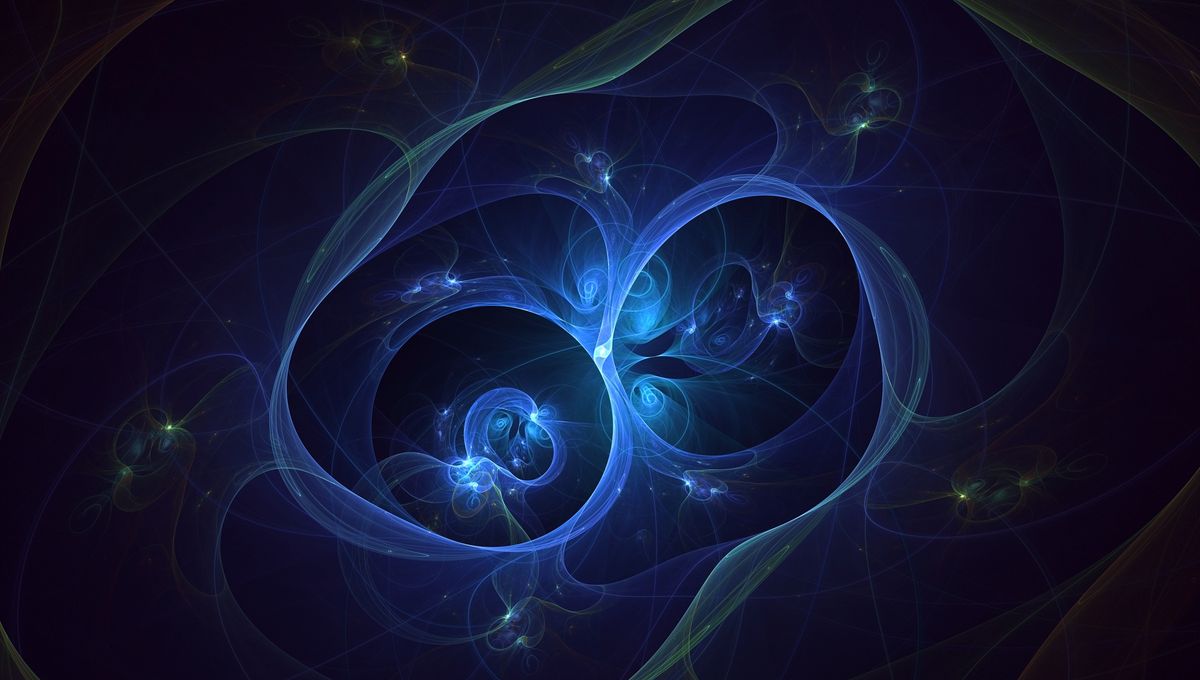Prepare to be amazed by the incredible bubbletrons! These bubble-like structures, known as phase transitions, played a crucial role in the early universe. Just like a gas condensing or a liquid becoming solid, the universe experienced a phase transition as it rapidly expanded and cooled down. According to the Standard Model of particle physics, all four fundamental forces were initially unified. While gravity is beyond the scope of the model, the other three forces remained as one for a little longer.
The first force to break away was the strong nuclear force, followed by the separation of electromagnetism from the weak nuclear force. These phase transitions are similar to a boiling pot, where the forces separate within the bubbles while remaining unified outside. As the universe expands, these bubbles grow and merge with others, sweeping particles along their walls. Some scenarios predict the formation of these bubbles, which can act as high-speed accelerators.
Imagine particles being accelerated to energies one trillion times higher than what the Large Hadron Collider can achieve! These collisions could give rise to dark matter, primordial black holes, and other mind-boggling phenomena that cannot be produced elsewhere in the universe. The standard model of particle physics, although limited, fails to account for gravity, dark matter, and dark energy. The real universe’s phase transitions may not align with the envisioned scenarios.
However, this theoretical idea opens up exciting possibilities for accessing the highest energy scales ever reached by the universe. The team believes that if these phase transitions occurred, they should have generated gravitational wave signals. These signals could potentially be observed in the near future by the Einstein Telescope, the next generation of gravitational wave observatories on Earth, or the space-based LISA mission.
There is even a chance that the Pulsar Timing Array, which measures the gravitational wave background using pulsar beats, has already detected evidence of these incredible bubbletrons. As astronomers continue to study the sources of the signal, we may uncover more about these fascinating structures amidst the swirling supermassive black holes.
If you’re eager to dive into the details, the paper is available on the ArXiv.








